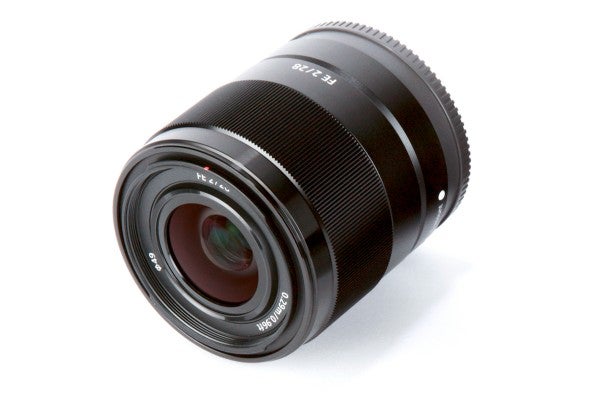The FE 28mm f/2, the smallest of Sony’s latest round of FE lenses, is well worth considering, as Andy Westlake finds out
Sony FE 28mm f/2 review
Image Quality
I tested the Sony FE 28mm f/2 lens predominantly on the 24.3-million-pixel Alpha 7, and found that it delivers consistently good-looking images. It’s pretty sharp wide open, although there’s a noticeable drop-off in crispness towards the edges and corners of the frame.
These improve quickly on stopping down, and even for landscapes with lots of corner-to-corner detail I’d be perfectly happy shooting at f/5.6. On full frame, of course, you’ll likely want to stop down at least this far, and more likely to f/8 or f/11, to achieve sufficient depth of field.
When it comes to assessing other aspects of the lens’s image quality, we first have to understand how this lens is designed. Like almost all modern CSC designs, the Sony FE 28mm f/2 is based around a combination of optical and software corrections. Sony considers distortion correction to be obligatory, meaning you can’t turn it off in-camera. Because of this, images shot with this lens show no visible curvilinear distortion in normal use – straight lines along the edges of the frame are rendered correctly. However while raw files will be automatically corrected by Sony’s own software, this isn’t the case with third-party programs such as Lightroom or Adobe Camera Raw. Here you’ll probably want to use profiled lens corrections, especially for subjects with straight lines such as architecture.
Meanwhile, vignetting and lateral chromatic aberration are also corrected in-camera by default. However, if you happen to like colour fringing and dark corners, you can choose to turn these corrections off.
Turn off shading compensation, though, and you’ll see very noticeable corner darkening wide open, which is still quite strong at f/2.8 and never fully goes away. Normally, I don’t mind a bit of vignetting, but on this lens it’s sufficiently strong that it can detract from the image.
If I were shooting predominantly in JPEG format, I’d leave in-camera compensation turned on, which clears it up completely. However, if I were shooting raw I’d probably turn the menu setting off and correct in post-processing.
When it comes to chromatic aberration, the lens shows visible red/cyan fringing towards the corners if you disable in-camera compensation, or develop raw files without applying corrections. Again, though, it’s easy to correct without detriment to the image.There’s also visible colour fringing in out-of-focus regions when shooting at large apertures, but no more than expected of a fast prime.
Wideangle lenses can often give somewhat fussy, unattractive blurred backgrounds, but not the 28mm. Shot wide open with close subjects, it gives quite attractive bokeh that doesn’t distract the eye from the main subject.







